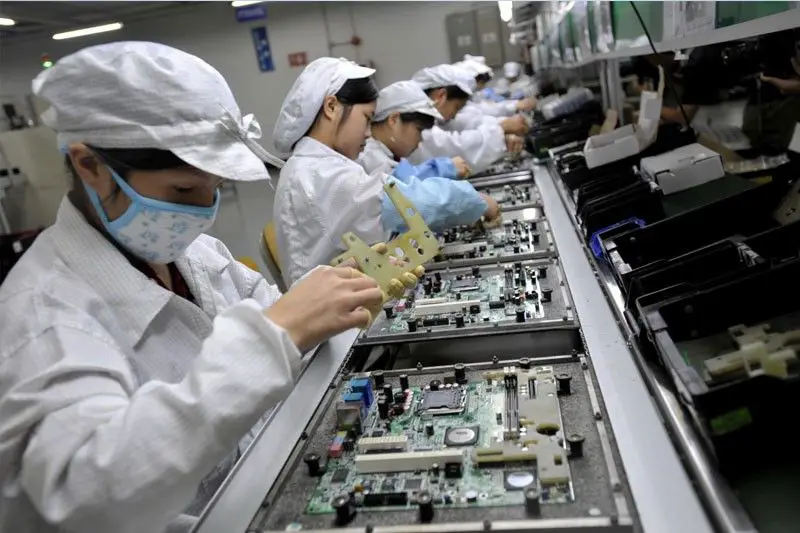Contents
hide
Key Takeaways
- The daily minimum wage in the Philippines is 610 PHP since 2023.
- Minimum wage rates vary by region to reflect economic conditions.
- The policy aims to reduce poverty and ensure fair compensation.
- Regional wage boards consider living costs and economic factors in setting rates.
Minimum Wage Rates in Different Regions
Minimum wage, fundamentally, refers to the lowest legal amount that employers can pay their workers for a day’s labor. This wage floor is crucial in safeguarding workers from unduly low pay and ensuring they receive fair compensation for their time and effort. In the Philippines, the Department of Labor and Employment (DOLE) sets these minimum wage rates, which vary across different regions to reflect the diverse economic conditions and cost of living. For instance, in the bustling economic hub of the National Capital Region, the wage is pegged at a higher rate compared to more rural areas. This variance addresses the disparity in living costs and economic opportunities across the archipelago, aiming to provide a balanced approach to workers’ compensation. The DOLE, through the tripartite regional wage boards, plays a pivotal role in determining these rates. These boards conduct thorough evaluations, considering factors such as the regional cost of living, prevailing economic conditions, and industry standards. For example, in the National Capital Region, where the cost of living and economic activity are significantly higher than in other regions, the minimum wage is set at PhP610 per day. This tiered approach ensures that workers in all sectors, from agriculture to services, are compensated in a manner that reflects their region’s economic reality. By doing so, the government not only aims to protect workers’ rights but also to foster a sense of equity and dignity among the workforce, ensuring that every Filipino worker receives a wage that corresponds to the cost and standards of living in their specific region.Determining Factors of Minimum Wage
Minimum wage refers to the lowest legal salary that employers can pay their workers. It’s a crucial economic tool designed to protect workers from unduly low pay that could prevent them from affording basic necessities. By setting this baseline, governments aim to ensure a minimum standard of living for all workers, promoting social equity and economic stability. The concept of minimum wage is deeply rooted in the principles of fair labor practices and is influenced by various economic, social, and political factors. It serves as a fundamental component of labor rights, aiming to reduce poverty and inequality in the workforce. Transitioning from the foundational understanding of minimum wage, it’s essential to delve into how regional wage boards in the Philippines approach the task of setting these rates. Living Costs, Inflation Rates, Economic Conditions, and Productivity Levels stand as the pillars guiding their decisions. For instance, the cost of living—a composite index encompassing the prices for food, housing, and transportation—directly influences the minimum wage to ensure it aligns with the actual cost of sustaining a decent life in different regions. Similarly, inflation rates reflect the changing costs of goods and services over time, necessitating adjustments to the minimum wage to preserve workers’ purchasing power. The broader economic landscape, including factors like GDP growth and unemployment rates, also plays a critical role in shaping these decisions, aiming to balance wage growth with economic health. Lastly, productivity levels are considered to align wages with the value generated by workers, ensuring fairness and encouraging efficiency. These factors collectively contribute to a comprehensive evaluation process, aiming to establish a minimum wage that supports both the welfare of workers and the broader economic objectives.Is the Minimum Wage in Philippines Enough for Nurses to Live on?
The current nurse salary in Philippines may not be sufficient for nurses to sustain a comfortable living due to the high cost of living. Many nurses struggle to make ends meet, leading to a growing concern about the adequacy of the minimum wage for healthcare professionals in the country.

